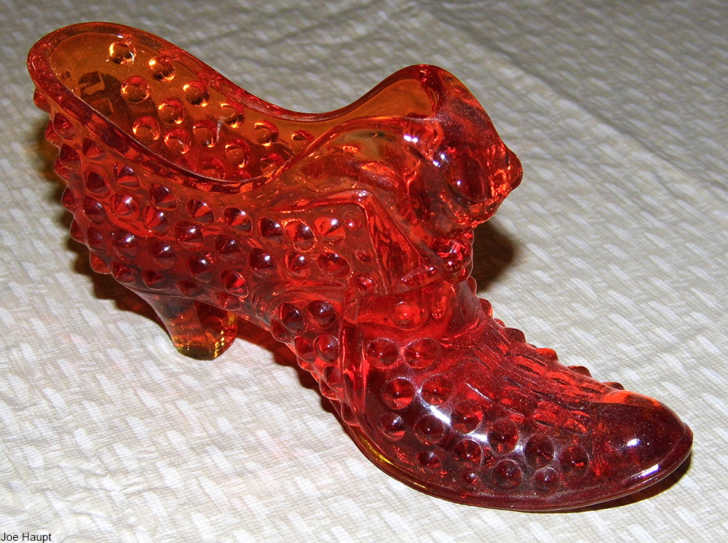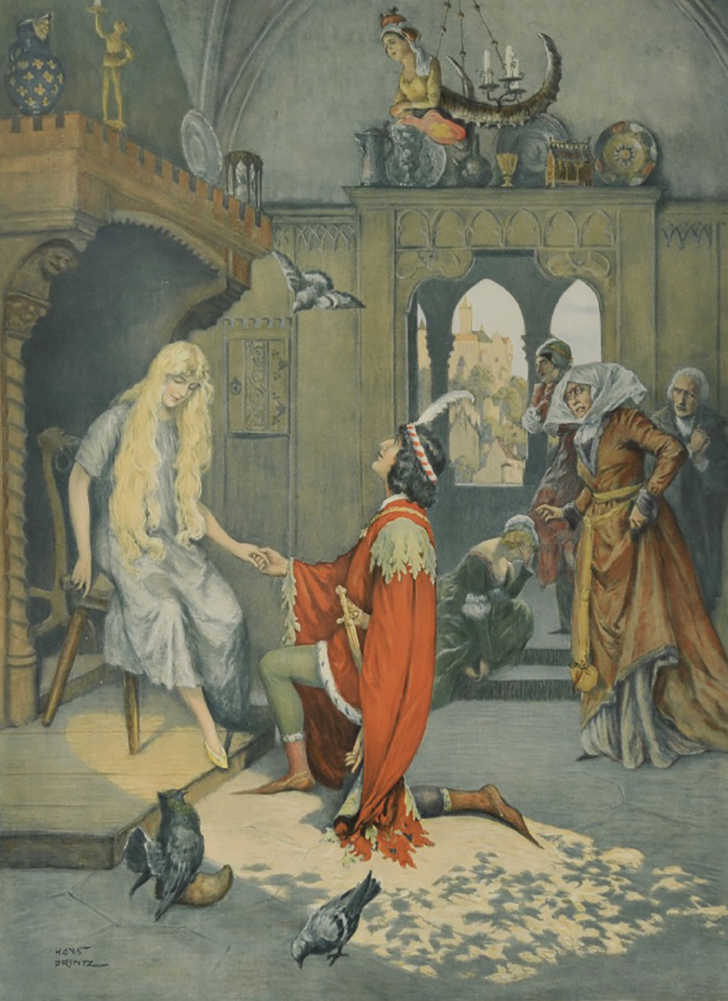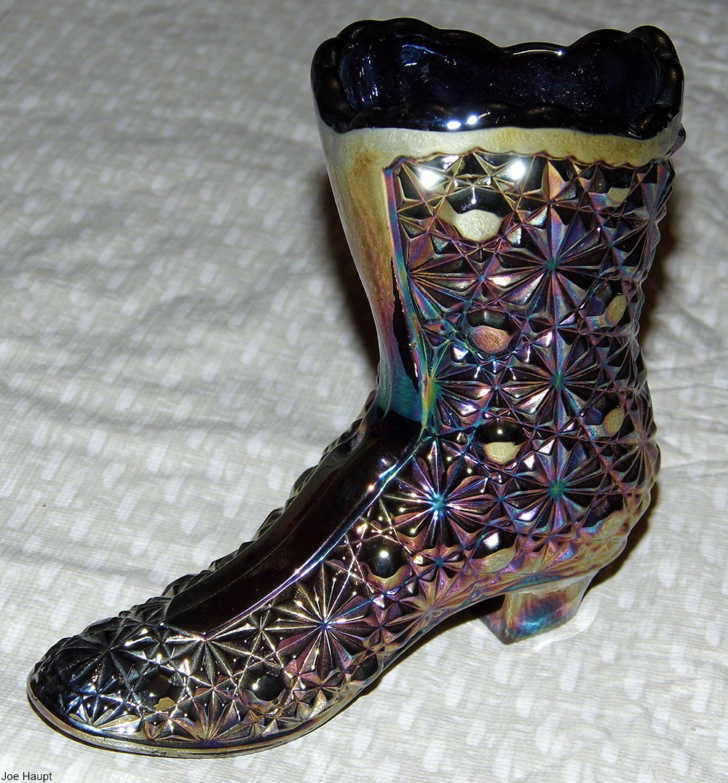The Story Behind the Iconic Glass Shoes We Grew Up With
They have been collectible for longer than most people know.
Flash back to the trinket-filled curio cabinets of the past and you likely would have seen some glass shoes inside. These weren’t full sized, but rather came in miniature sizes and all shapes and colors. There were delicate high heels, as well as cowboy boots, and curled toe slippers meant to evoke Arab countries. Whatever style or hue they took, these shoes were (and still are) collectible. But, the history of these shoes goes back further than you might imagine.

Glass drinking vessels in the shapes of shoes were used in the 17th and 18th centuries and as far back as the 3rd century renditions of shoes in glass could be found.
Small glass shoes were also a stylish fad for the dinner table and were used by 19th century households as salt cellars. Some came with lids. These trinkets came in other sizes for other functions as well, including inkwells and a number of hand-blown glass miniature boots used as perfume bottles. Later larger sizes were marketed as candy dishes and when salt and pepper shakers came into fashion there boot shaped glass versions of those, too.

During the era a wide variety of small and specialized instruments for entertaining came to popularity. Finger bowls, bone bowls, salt cellars, epergnes, and other such items were common sights on well-appointed tables. Thanks to the rising middle class and the marvels of industry a growing number of household could afford such luxuries.
Glass shoe salt cellars even came in baby shoe shapes, a particular ornament of the Victorian era that many mothers treasured.

These items started out being handmade and became common around the mid-1800s. Grimm’s Fairy Tales, of which “The Little Glass Slipper” was one, was published in 1812 and the popularity of the Cinderella story grew from there. The tale is an ancient one, versions of which can be found in many cultures, but the Brothers Grimm made it a particular phenomenon. The rise in popularity of the tale probably influenced the desirability of these made little glass shoes.
In the early and mid-20th century glassmakers like Fenton produced these tiny glass shoes and boots in a variety of colors from molds in cut glass and hobnail patterns. While still a luxury, they were no longer as costly as the handmade versions that wealthy Victorians would have used. Around the turn of the century glass shoes were also sold as souvenirs, sometimes with the location of acquisition painted on the object.

Many versions of glass shoes made today are designed to be paperweights or to have no other function besides decoration. Cut crystal and Murano glass are two types of glass that still bear this shape. However, most collections today are comprised of vintage or antique glass shoes, relics of another age.
Be aware that reproductions have been made in some convincing colorways, like hand-painted ruby glass and a color that harkens back to green carnival glass. If marks are present be sure to look them over thoroughly and research them so that you don’t pay higher prices for what is in reality a reproduction.

The small glass shoes can sell for as little as $10, but more collectible styles, like Vaseline glass or cobalt glass, can fetch quite a bit more at $60or more. Antiques from the 1700s and earlier are rare to find for sale, but can sell for $75 and fine examples of early american glass shoes can sell for hundreds.
SKM: below-content placeholderWhizzco for DOT

